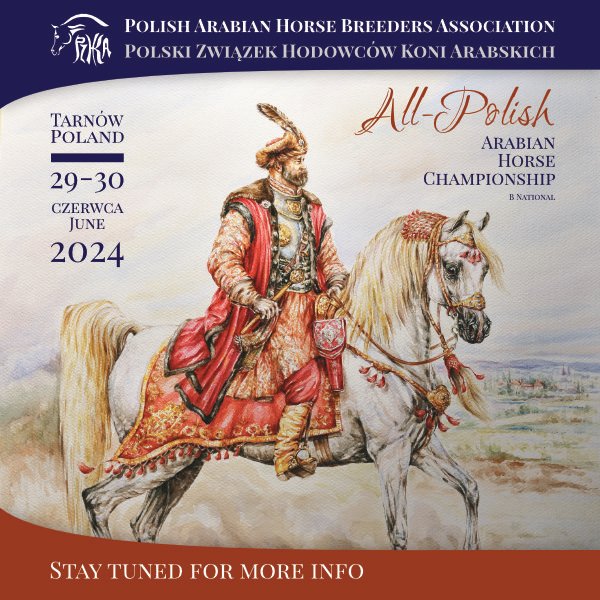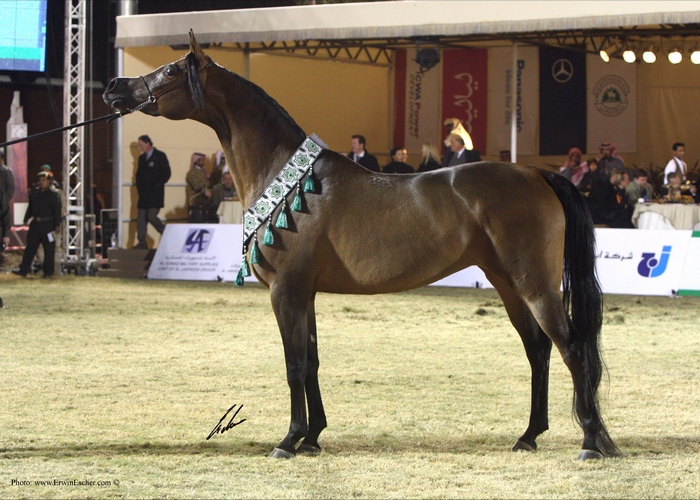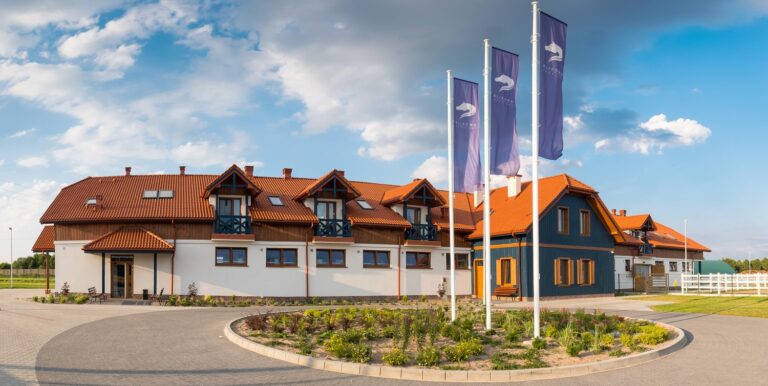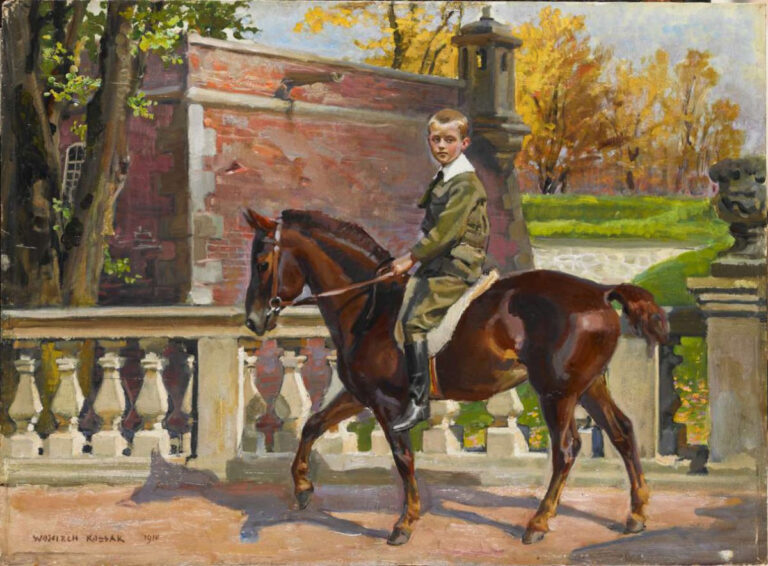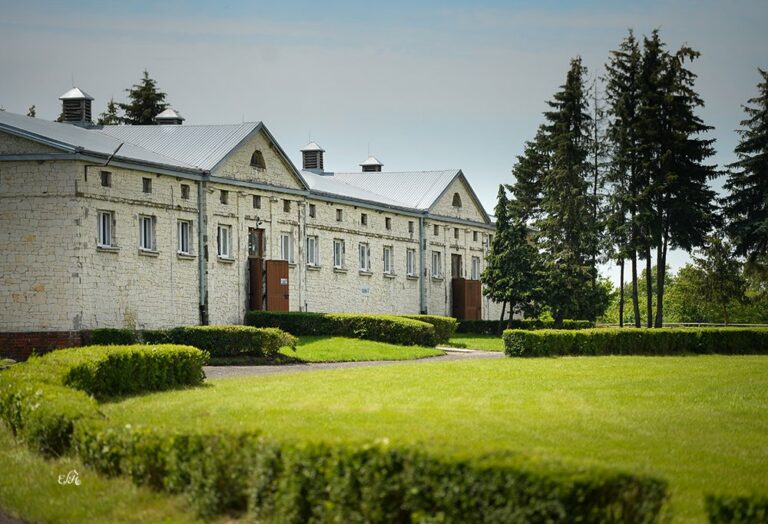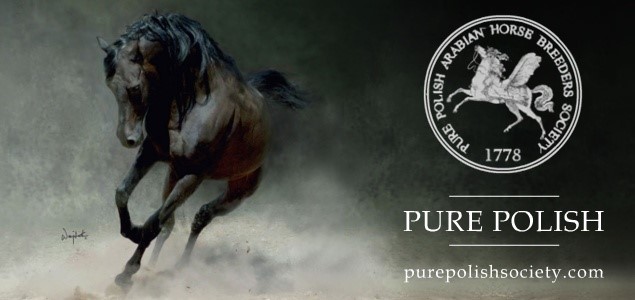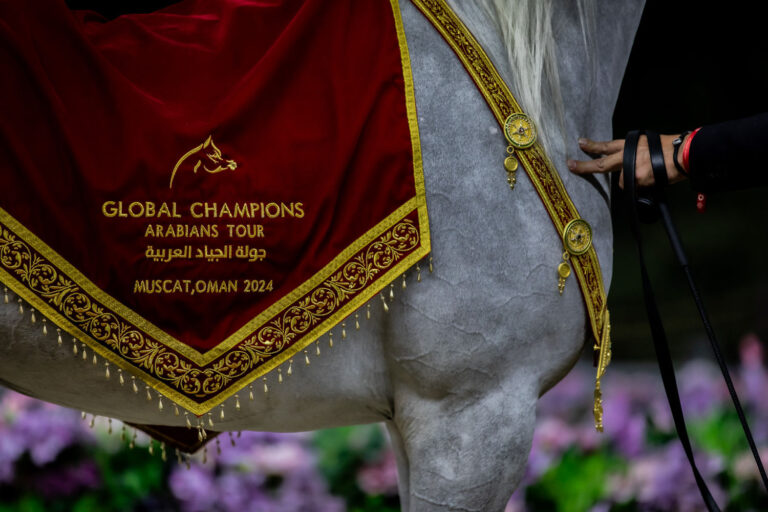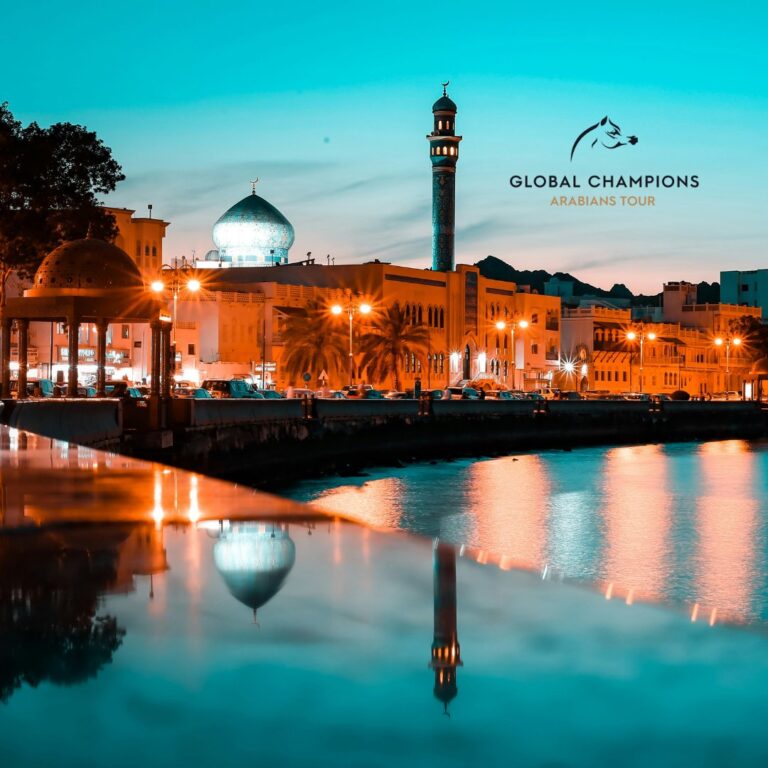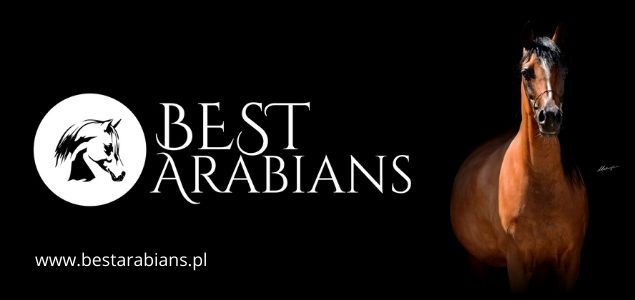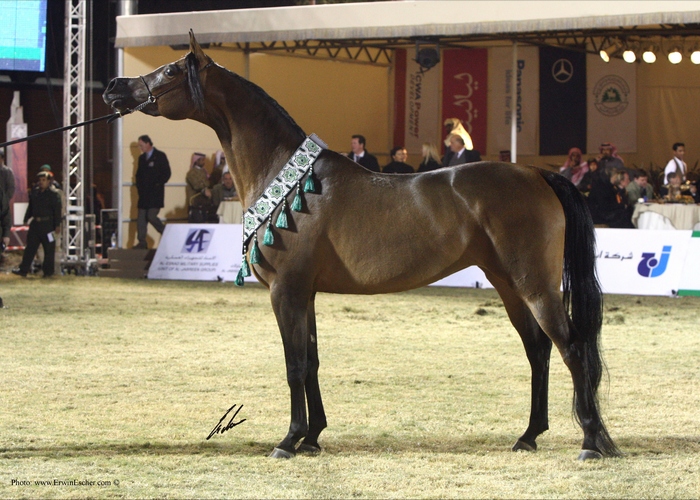
It has been recounted at the Eastern Borderlands, how a certain new-rich desired to breed Arabians. Apparently, when he found his way to one of the state studs, he stood beside a chosen mare and asked the astonished staff how many litters per year does the mare have and how many young ones in a litter? This unbelievable story amused me for many years. It ceased to do so when I read about the successive embryotransfers of our Pianissima.
Not that long ago I was disturbed with the news about the birth of foals by a clone of the gelding Pieraz – by the name of Pieraz – Cryzootech-Stallion. I am aware that all this is rather complicated, so I will try to lay out the details in chronological order. The afore mentioned Pieraz, son of the Polish stallion Pierścień (Celebes – Pierśnica), was an exceptional endurance horse. Suffice to say that he won the world championships twice. The tragedy in this was that the French purchased his from the Russians in an incomplete state. In other words – the phenomenal (as it later turned out) endurance horse was a gelding. But as we know, today nothing is impossible. In order to not squander such superb genes, a decision was made to clone Pieraz. Thus the world welcomed Pieraz – Cryzootech-Stallion, a clone, but also a complete stallion and now – father to foals.
But that’s nothing, because – as it turns out – thanks to space technology, stemming perhaps from Formula 1, today we can design not only suits for ski jumpers and clone geldings, but also obtain several litters per year from a mare. The number of progeny per litter is simply a matter of time.
Here I am, reading on polskiearaby.pl, that the wonderful logo of this website, our national pride, the mare Pianissima, has had her unborn foal already sold for the second time (see: Pianissima’s unborn foal sold twice). I do not know how the defenders of the unborn will react to this, nevertheless this unearthly beauty will arrive into the world via embryotransfer. What’s interesting is where will this be? Because so far it has been sold twice, and there is still some time left between now and the moment the surrogate dam gives birth. And it might turn out that prior to entering the world the foal will have five, or who knows if not ten owners. Fortunately it is not alone in all this, because if I have counted well, in the prior and current year our Pianissima is or will become the dam of five foals, all by way of the previously mentioned embryotransfer. By no means is it a record, because the Americans can “squeeze” eight litters per year from a mare. True, just one foal per litter, but let’s wait a while, because an increase in the number is probably work in progress. A couple of superb Polish mares are currently on lease in the US and as we know, the die is the most important.
Our famous Count Wacław Rzewuski wrote that the Arabian horse is a noble friend to man. The great Juliusz Dzieduszycki of Jarczowce sought a soul in the Arabian horse. Franciszek Poletyłło, a renown at the turn of the 19th and 20th century breeder from Wojsławice, who especially pampered the line of Krzyżyk d.b., had a rather eccentric habit. Every time he entered the stable, which housed his favorite horses, he took off his cap and did not put it on until he left the barn, as a sign of respect. Professor Andrzej Strumiłło, known to all Arabian lovers in Poland, says that “Arabians should be bred from love and with love”.
I wonder how the ethos of the Polish Arabian formed throughout the centuries, the emotions, passions and respect for the horses shrouded in romanticism, stand when faced with today’s reality? Is it still a breeding of magical desert Arabians, celebrated with reverence, or an assembly line, like in the case of creating lab rats? Is it a from-the-heart desire to commune with beauty, or a cash factory? Is it still a passion full of exultation, uncertainness, expectations and joy, or a calculated urge for success, combined with curing complexes and a desire for fame? Is a valuable mare an object to admire or a die for producing dollars?
I’m not particularly surprised by the Americans, because there, when a guy slaughters his mother-in-law, he writes a book about it behind bars and makes a million dollars. I’m not surprised, because they didn’t have expeditions to the desert in the 19th century. Their Ibrahim was not butchered by Bolshevik hordes. Their horses were not robbed during every historic revolt. They didn’t have to wander with them across Europe, running from one occupant or the other. No one claimed their horses in the name of a socialist justice. Finally, they never had a Sanguszko, Branicki, Dzieduszycki. They also did not have Count Rzewuski, who in a famous poem would’ve written them:
Children of sea and wind, by gods thee are hallowed
Like the riding thrones of Beduin glory
Mares brave and fair, and stallions bold
I greet you, Kuhailans, jewels of desert
The Americans didn’t have all of that. And us…?


